From electric vehicles and smartphones to windmills and defense equipment, the metals drive essential industries. But their supply chains are complicated, with numerous countries and suppliers. This complicates the risks such as illegal mining, environmental degradation, and price manipulation.
Blockchain monitoring has recently emerged as a new way to improve the management of these critical materials in the last few years. By combining technology and global trade, corporations are better placed to monitor, verify, and sell rare earth materials. Here, we will explain how blockchain assures the supply of these critical materials and the future of tokenized commodities.
What Are Rare Earth Metals?
Rare earth metals are a group of 17 metallic elements found in the Earth’s crust. Some well-known examples include:
- Neodymium (used in magnets)
- Lanthanum (used in batteries)
- Cerium (used in glass manufacturing)
- Yttrium (used in medical devices)
These minerals are difficult to extract in their pure form, although their amount is not necessarily restricted. Since they are usually found in other minerals, it is difficult and expensive to remove them.
Most nations regard rare earth metals as strategic resources since they are essential for digital products, defense systems, and clean energy.
Challenges in the Supply Chain of Rare Earth Metals
The supply chain for rare earth metals is protracted, complicated, and usually inaccessible. One of the biggest issues surrounding this sector is as follows:
- Illegal and unethical mining practices in some regions
- Environmental harm from unregulated mining operations
- Price manipulation by major producers or middlemen
- Difficulty in tracing metal origins
- Smuggling and counterfeit products
How Blockchain Tracking Works
Blockchain tracking uses a digital ledger that records information in a secure, tamper-proof way. Each transaction or movement of material is added as a “block” of data linked to the previous one, forming a transparent chain.
Key features of blockchain tracking include:
- Security: Data cannot be changed once recorded.
- Traceability: Every stage of the supply chain is logged.
- Efficiency: Automated smart contracts handle transactions quickly.
Tokenized Commodities: What Are They?
This involves taking the physical assets like rare earth metals and converting them into digital tokens which represent ownership. These tokens can be exchanged over the internet like stocks or cryptocurrency.
For example:
Commodity | Token Name | Market Value | Use Case |
Neodymium | NdToken | $100 per token | Electric car magnets |
Lanthanum | LaToken | $50 per token | Rechargeable batteries |
Cerium | CeToken | $20 per token | Glass polishing agents |
This system makes it easier to trade critical resources globally without moving physical metals.
Benefits of Blockchain for Rare Earth Metals
Using blockchain for rare earth metals offers several important benefits:
- Supply Chain Transparency: Every step from mining to delivery is recorded and visible to everyone in the system.
- Reduced Illegal Activity: Blockchain discourages illegal mining and trading by making every transaction trackable.
- Faster Trading: Smart contracts enable quicker and safer trade settlements.
- Improved Quality Control: Buyers can check a metal’s origin and quality before purchase.
- Environmental Accountability: Mining companies can prove they follow green practices.
Real-World Examples
Some companies have already started using blockchain tracking for critical resources:
- MineHub: A platform that tracks mineral shipments and verifies ethical mining practices.
- Everledger: Known for tracing diamonds, they’ve expanded to rare earths and metals.
These projects show how blockchain can protect both businesses and the environment.
Future of Blockchain in Critical Resource Markets
As technology improves, more industries will turn to blockchain tracking and tokenized commodities. Governments may also create regulations requiring miners and suppliers to use these tools. This could help reduce conflicts, stabilize prices, and protect ecosystems.
We may soon see:
- Global standards for blockchain-based tracking
- Metal exchanges trading tokenized rare earths
- Decentralized platforms for mining certifications
- Stronger partnerships between tech firms and mining companies
The world’s dependency on rare earth metals grows year by year. As global supply chains become more complex, danger arises from illegal mining and price manipulation. By the implementation of blockchain tracking and tokenized commodities, industries can boost supply chain transparency and trade critical resources more securely.
While there remain difficulties, the future looks rosy for blockchain in securing the rare earth marketplace. Implemented on a mass level, the technology has the capability to transform how we track and exchange these important commodities over the next few years.
Remember, investing in cryptocurrencies involves risks, and it’s important to conduct thorough research and seek professional advice before making any financial decisions. (Please keep in mind that this post is solely for informative purposes and should not be construed as financial or investment advice.)

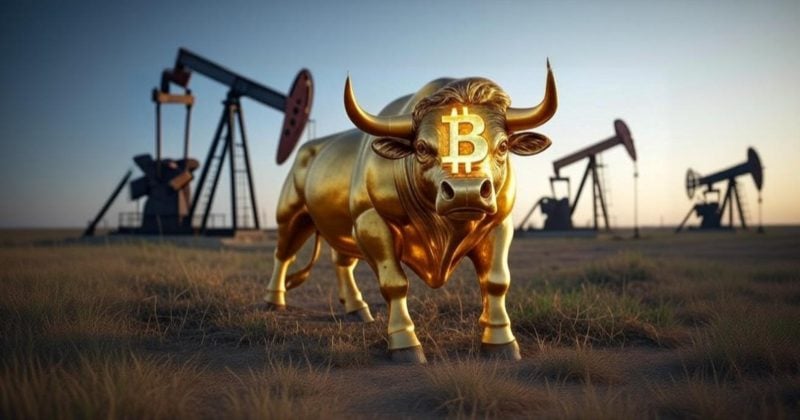










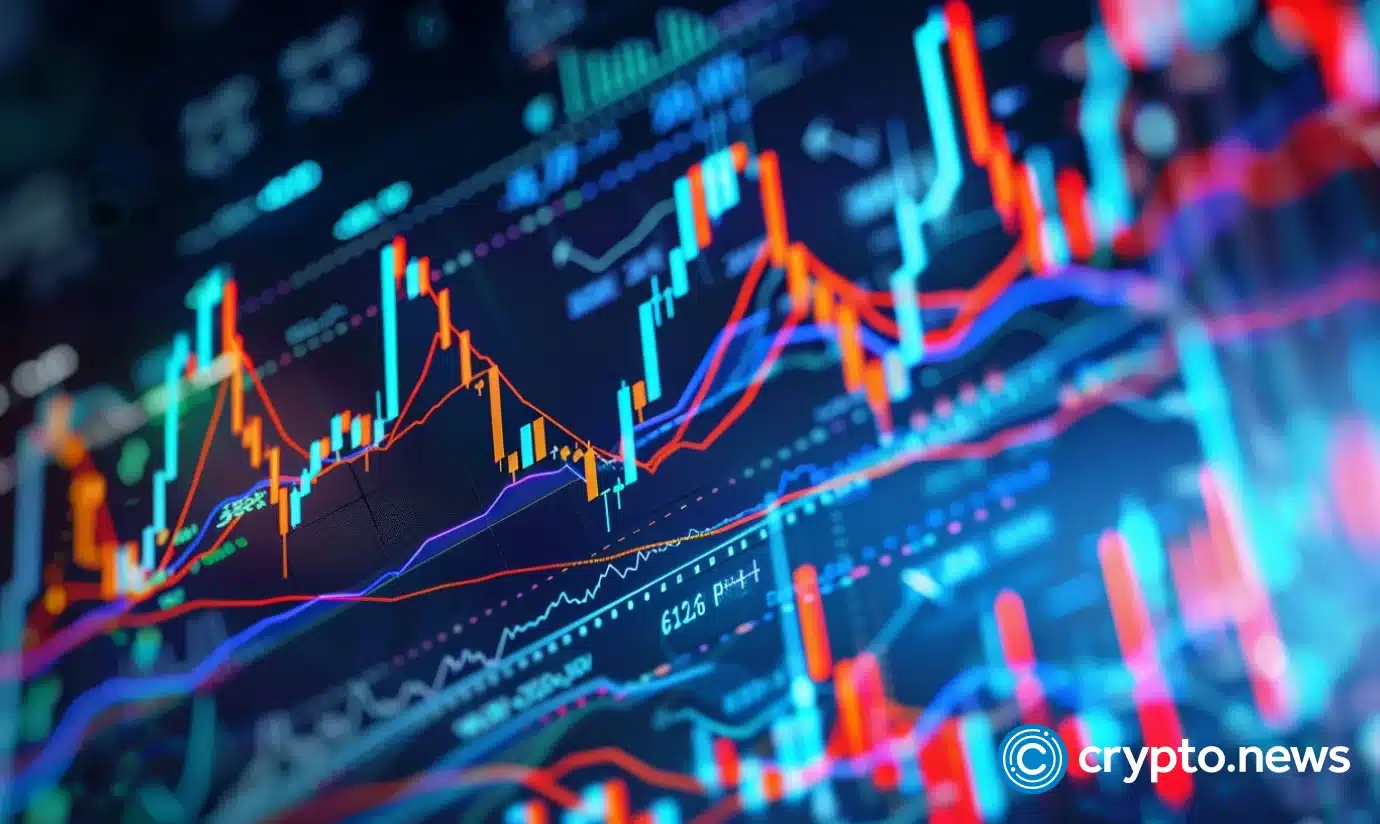
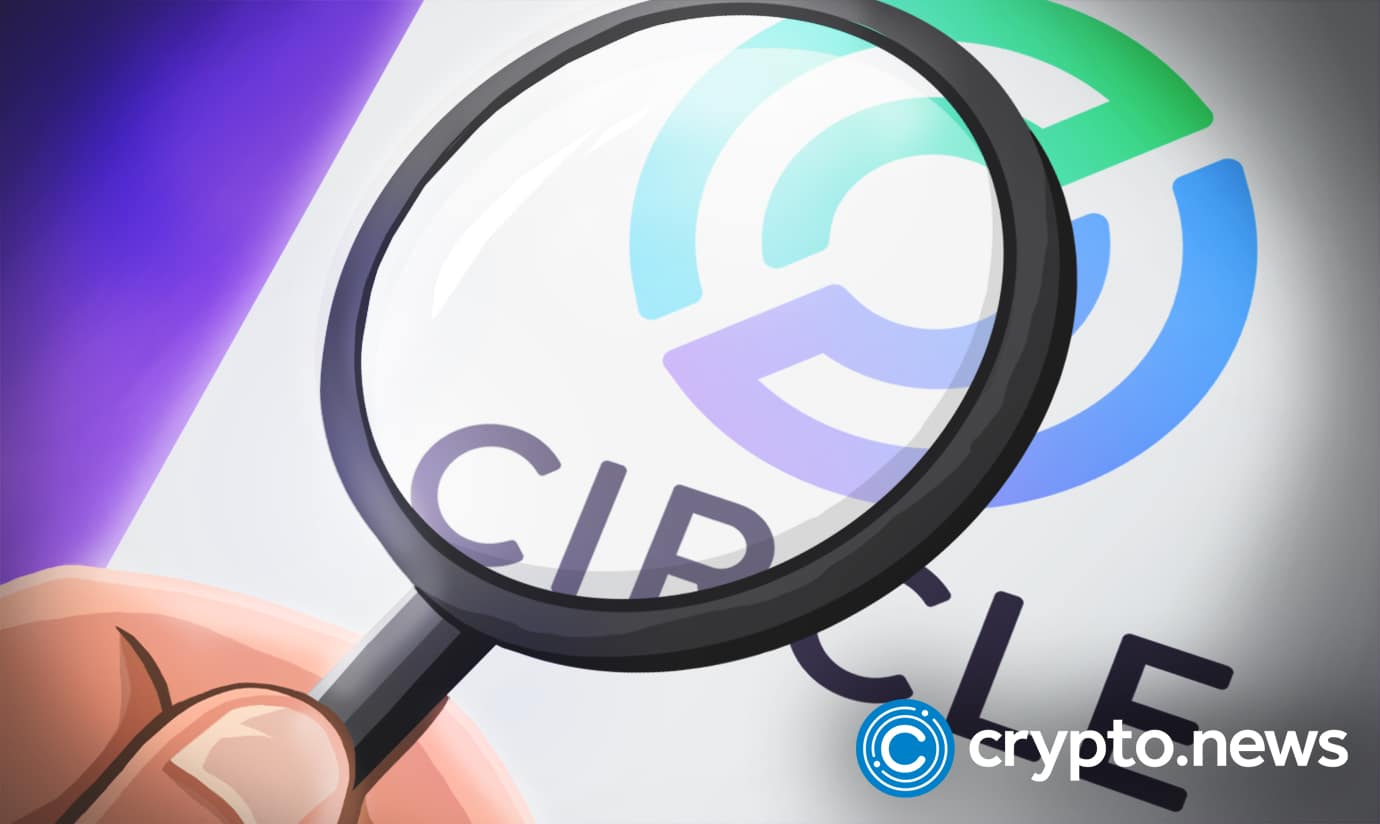
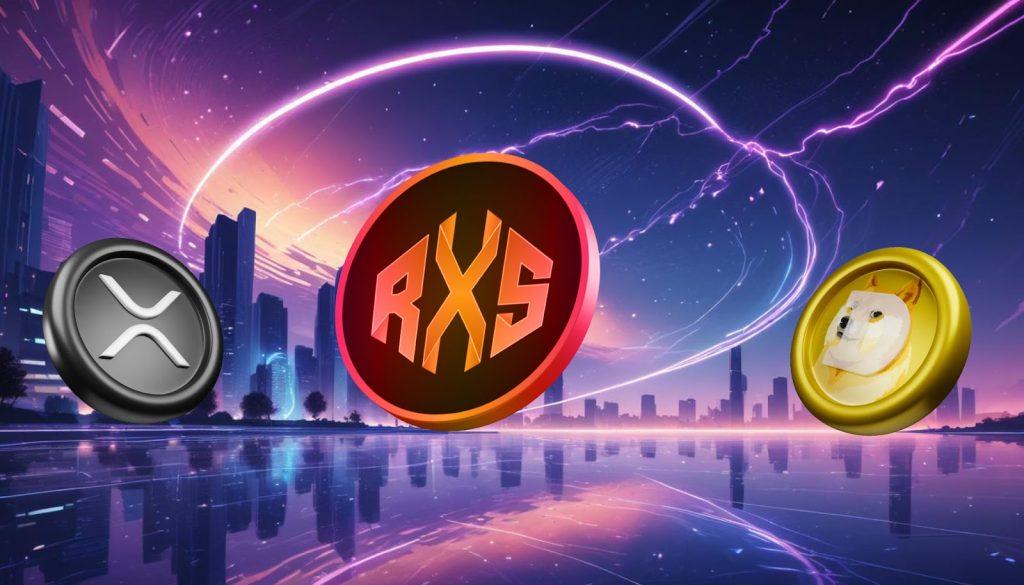
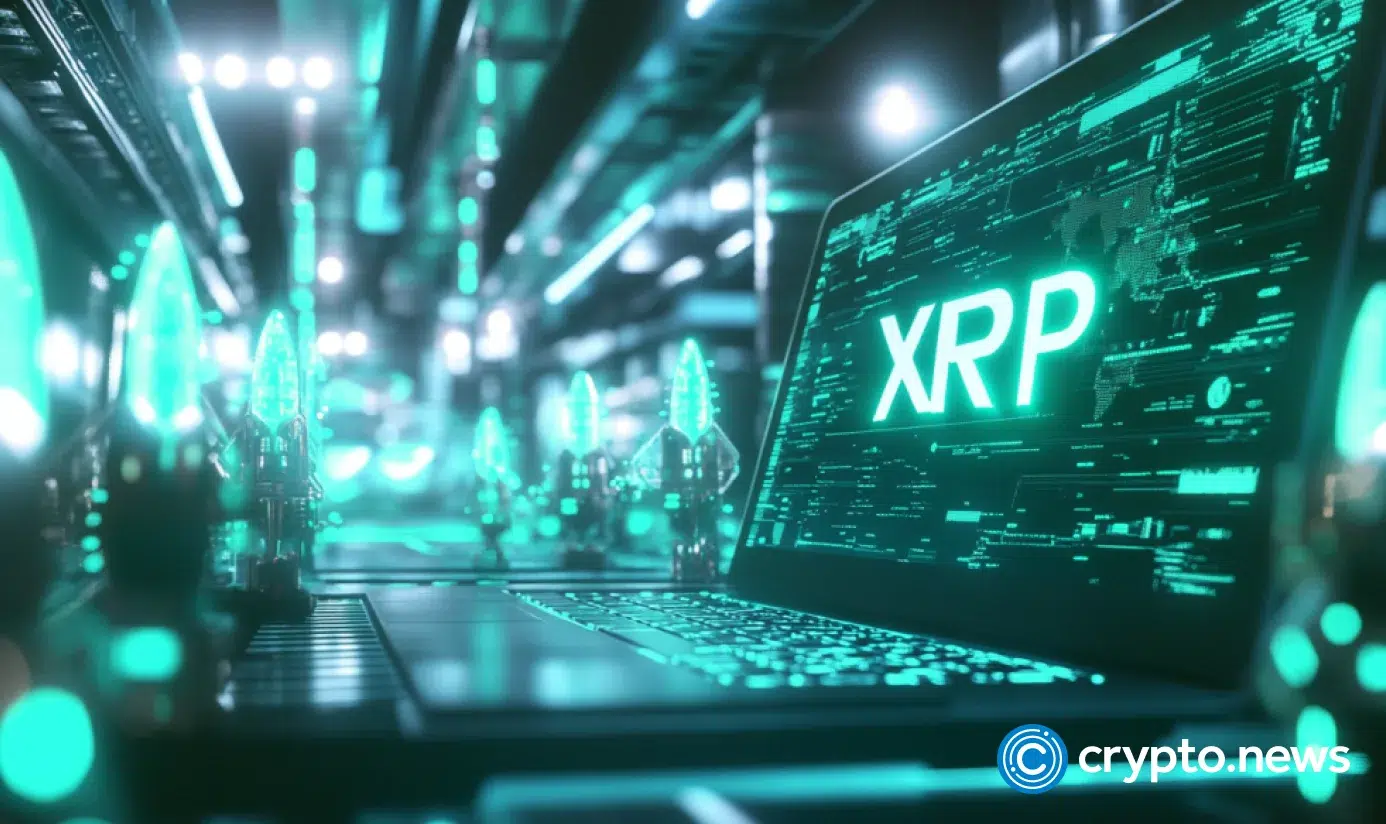
 English (US) ·
English (US) ·